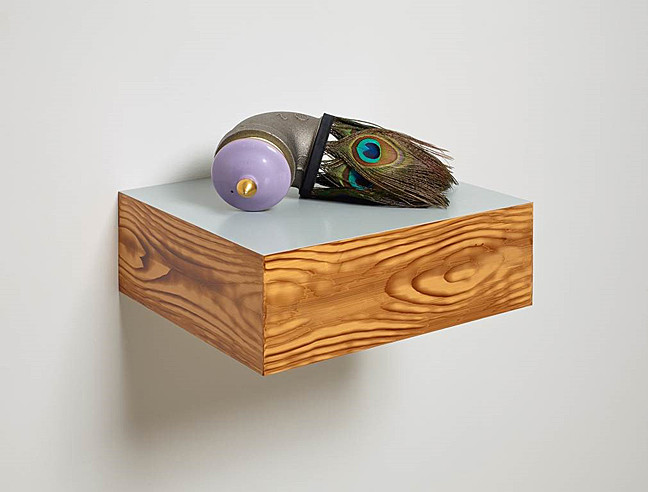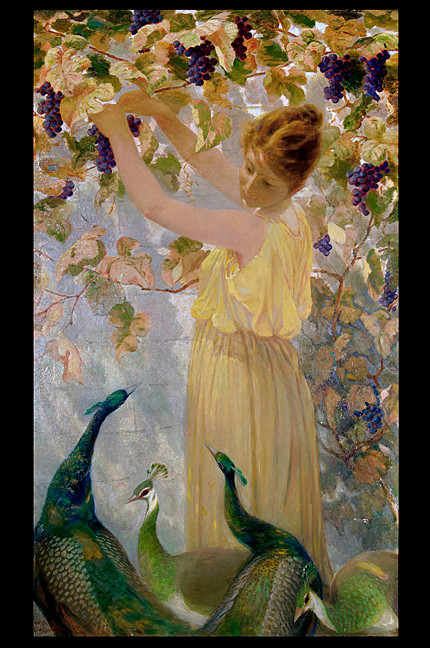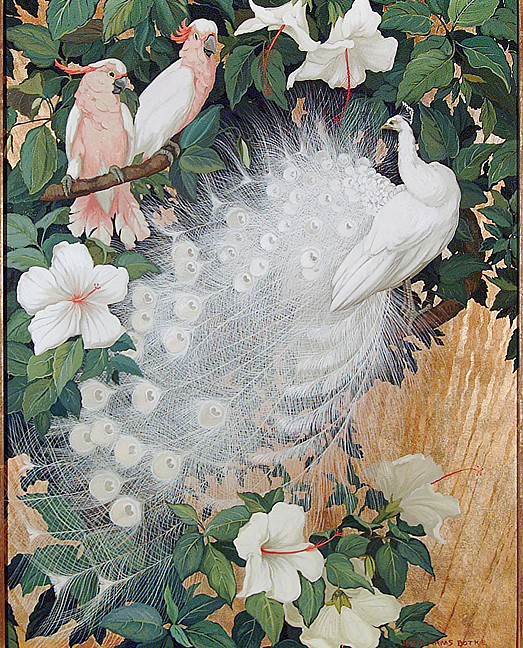Peacocks placed on provocative pedestal at Hudson River Museum
If a peacock looked in a mirror at his own exotic sapphire and emerald feathers, which unfold like a gorgeous crescendo during his signature mating dance to attract the notably less spectacular peahen, he would probably fall in love with himself.
And with a head-turning strut like that, who could blame him?
Though it was once riddled with superstition, the peacock has evolved into a symbol of beauty, wealth and vanity. Its iridescent, expanded feathers graced centuries of art, literature and decorative objects around the world, from Europe to the U.S. In Strut: The Peacock and Beauty in Art, the Hudson River Museum’s “scholarly survey” of the illustrious bird, it is not hard to see why.
Even in the subtlest form (think the woven rattan “peacock” chairs of the 1970s), the peacock’s influence is ubiquitous. The most famous historical peacock might very well be NBC’s peacock logo, which was first broadcast in 1956 to go with the station’s color programming.
Elsewhere, the peacock remains the subject of adoration. It is the national bird of India. It was an early Christian symbol of immortality because of the belief that the flesh of deceased peacocks did not decay. Peacocks appeared in Dutch Old Master paintings during the 17th and 18th century. The bird was also a sign of exoticism in Japan during the Edo period. Among other pieces, the Hudson River Museum has a pair of Japanese peacock panels from 1885 on display and Theo Van Hoytema black-and-white lithographs that combine Japanese aesthetics and Art Nouveau.
Strut, which explores the peacock’s incursion into pop culture and society from the mid-19th century to today, showcases more than 100 literal representations along with more imaginative tributes to one of nature’s most flamboyant birds.















